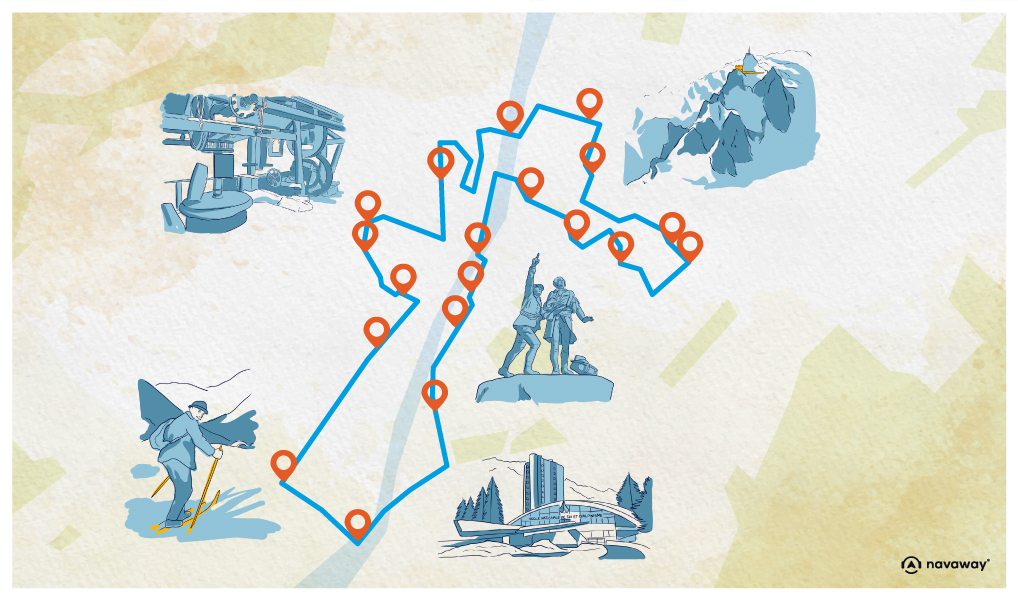
1999 annus horribilis
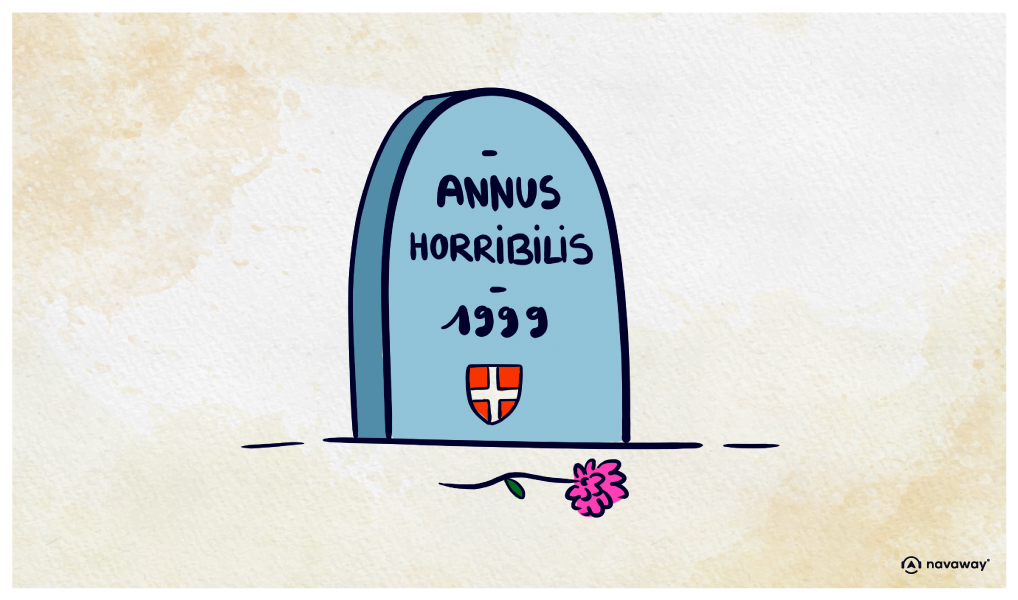
This point of interest is available as audio on the tour: Visit Chamonix, Where Earth Touches Sky
You are back on Place du Mont-Blanc, facing the massif. A majestic setting… but one that also reminds us, at times, of the mountain’s darker side.
Allow me to tell you about two tragedies that deeply marked the valley — both, in different ways, tied to this giant of snow and ice. The year 1999 was a dark one. On February 9th, after exceptional snowfall, a massive powder avalanche broke loose from the slopes of the Bec du Lachat, at about 2,600 meters altitude. It swept down over 1,500 meters, carrying everything in its path all the way to the valley floor. Around 300,000 cubic meters of snow — moving at more than 100 kilometers per hour — slammed into the hamlet of Montroc, at the northern edge of Chamonix. The avalanche destroyed 14 chalets, damaged 6 others, and claimed 12 lives — people caught in their own homes. The shock of this event triggered major changes in how avalanches are managed in France. Warning systems were improved. Building regulations in risk zones were tightened. New public awareness campaigns and prevention plans were put in place. With the valley still in mourning , just weeks later, another tragedy struck. On March 24th, around 11 a.m., a Belgian refrigerated truck entered the Mont Blanc tunnel — loaded with flour and margarine. For reasons still debated — likely a mechanical fault — smoke began leaking from the vehicle. The driver stopped, tried to react, and eventually managed to flee on foot. The vehicles that entered behind him weren’t so lucky. They quickly found themselves trapped inside the 11-kilometer-long tunnel. Even worse, outdated warning systems meant that around ten more vehicles entered while the fire was already raging. Within minutes, the tunnel became a deadly chimney. Toxic smoke, extreme heat, and poor ventilation made survival impossible. The blaze, which reached temperatures over 1,000°C, lasted more than 50 hours. Even the emergency exits and fire doors melted in the flames. Rescue teams were close to powerless. Fire engines couldn’t get through. Coordination between the French and Italian teams was difficult. Tragically, 39 people lost their lives in what became one of the worst tunnel disasters in European history. The Mont Blanc tunnel remained closed for three years. But don’t worry if you’re planning to use it today. Out of this terrible event came a deep rethinking of tunnel safety across Europe. Today, tunnels are equipped with modern detection systems, redesigned escape routes, and much stronger cross-border coordination. These two catastrophes are still very present in local memory — and they are an essential part of Chamonix’s story. The valley honors its victims. These events left deep scars, but they also reinforced the sense of solidarity, vigilance, and respect that people here feel for the mountain.


Discover Chamonix with app
An interactive guide through the most beautiful streets, squares, and districts
22 fun audioguides full of historical facts, anecdotes, and legends
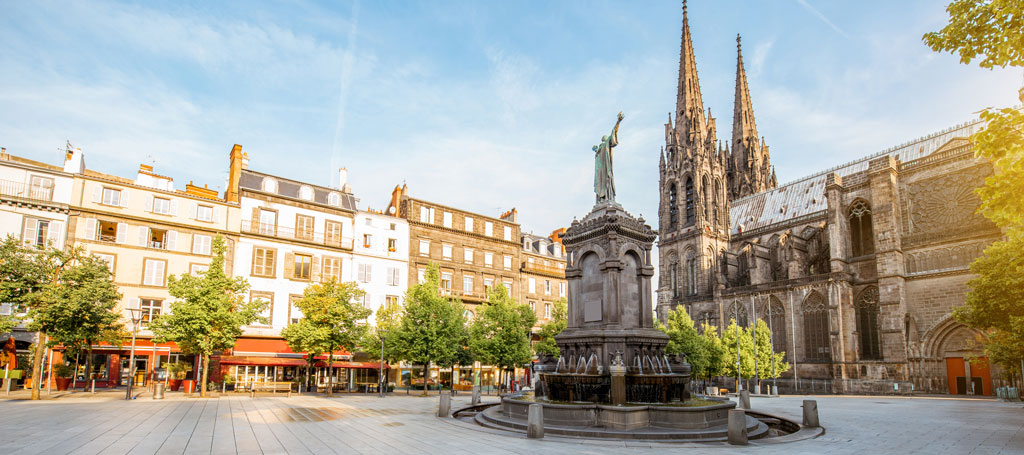
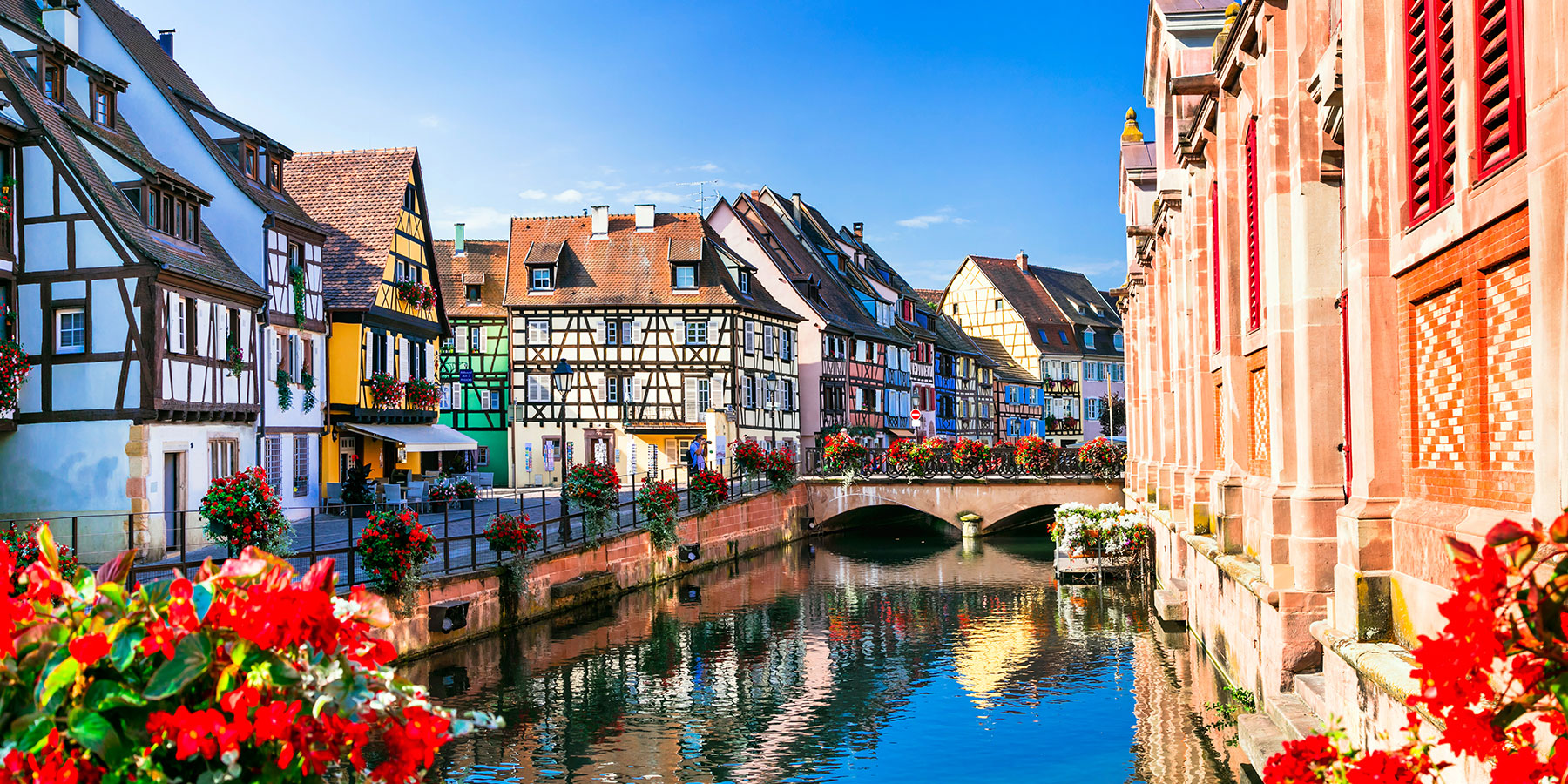
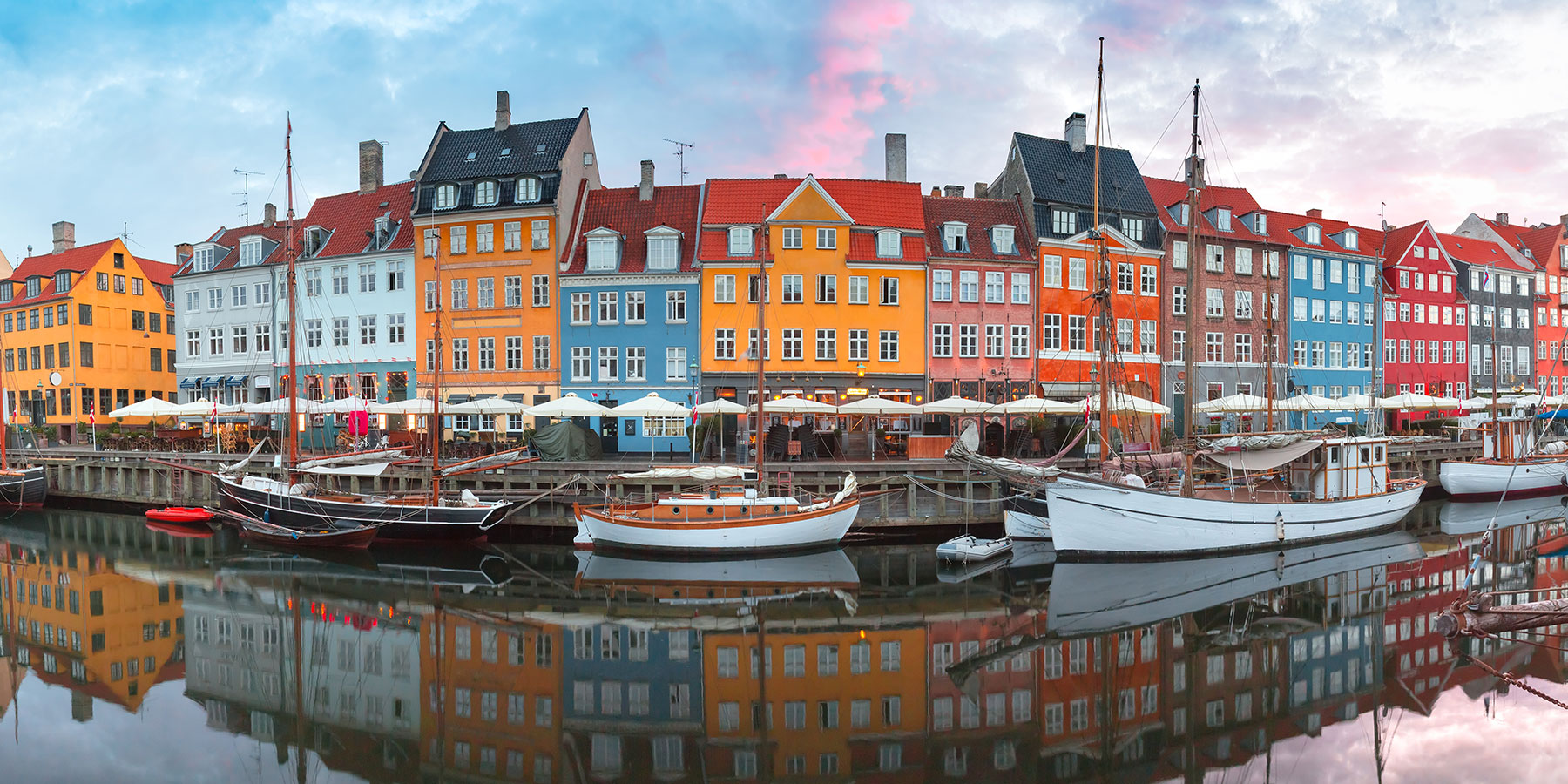


Comments